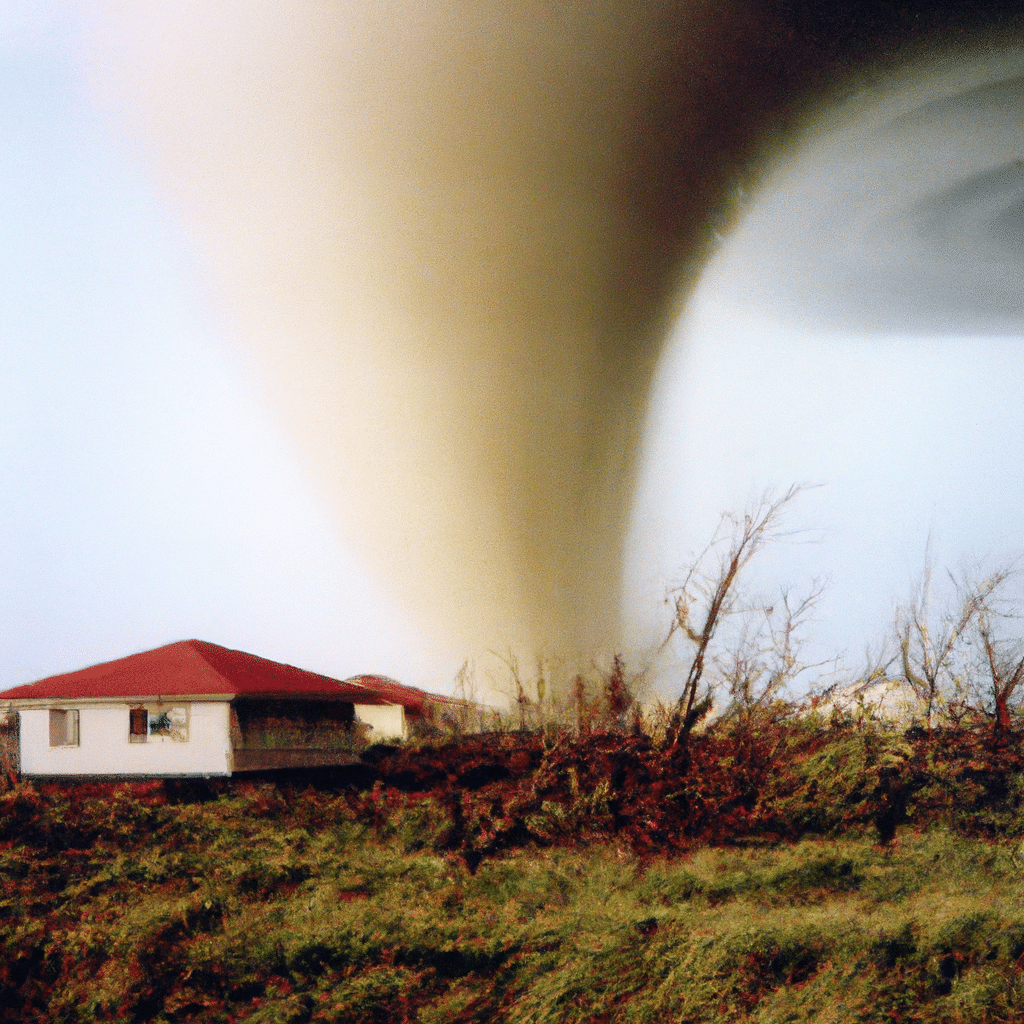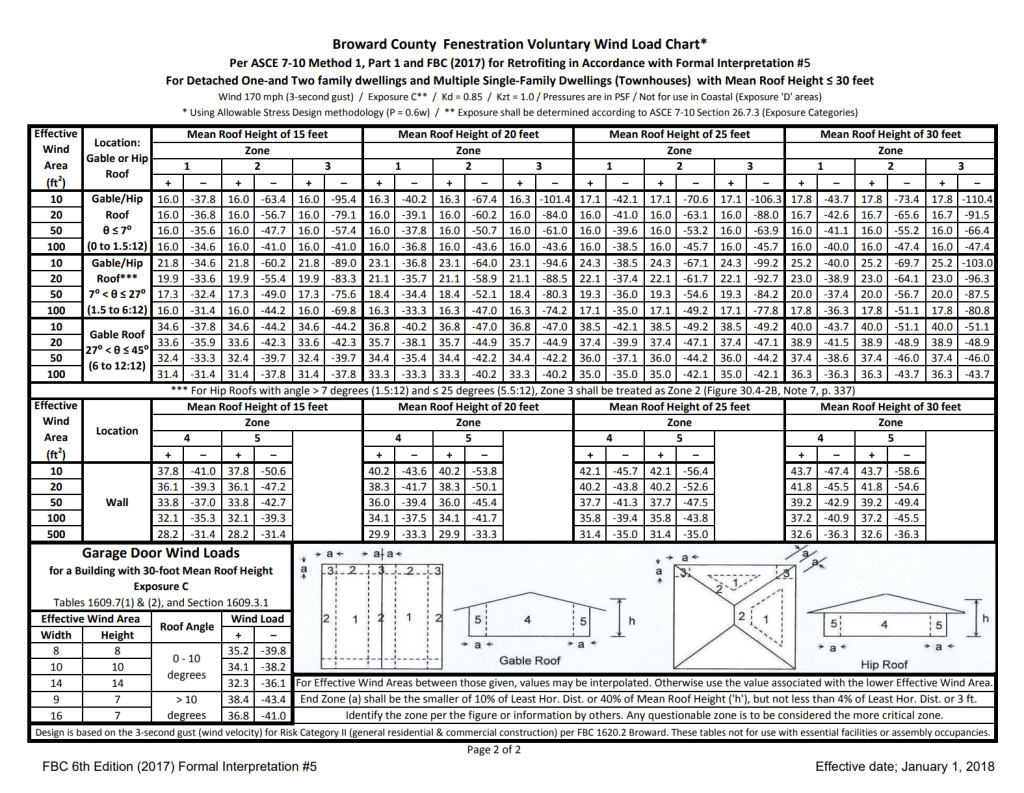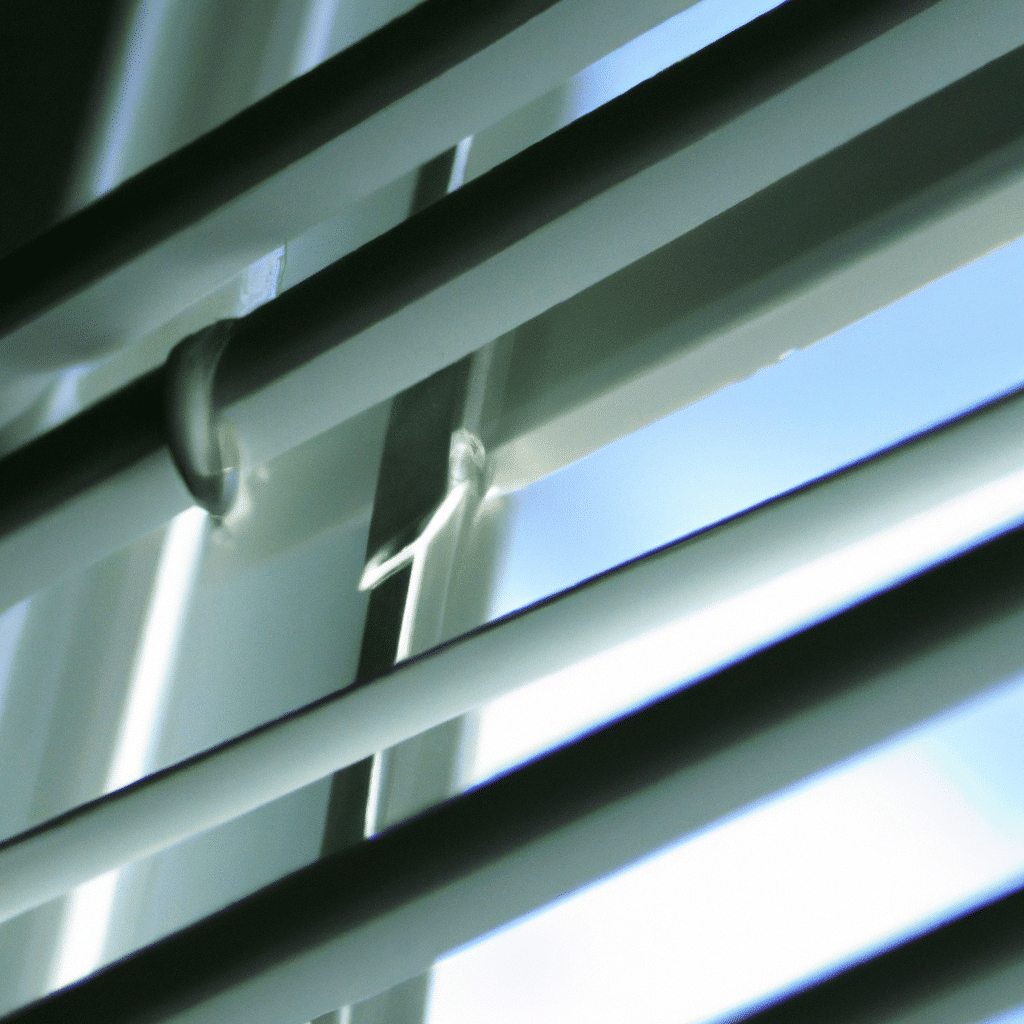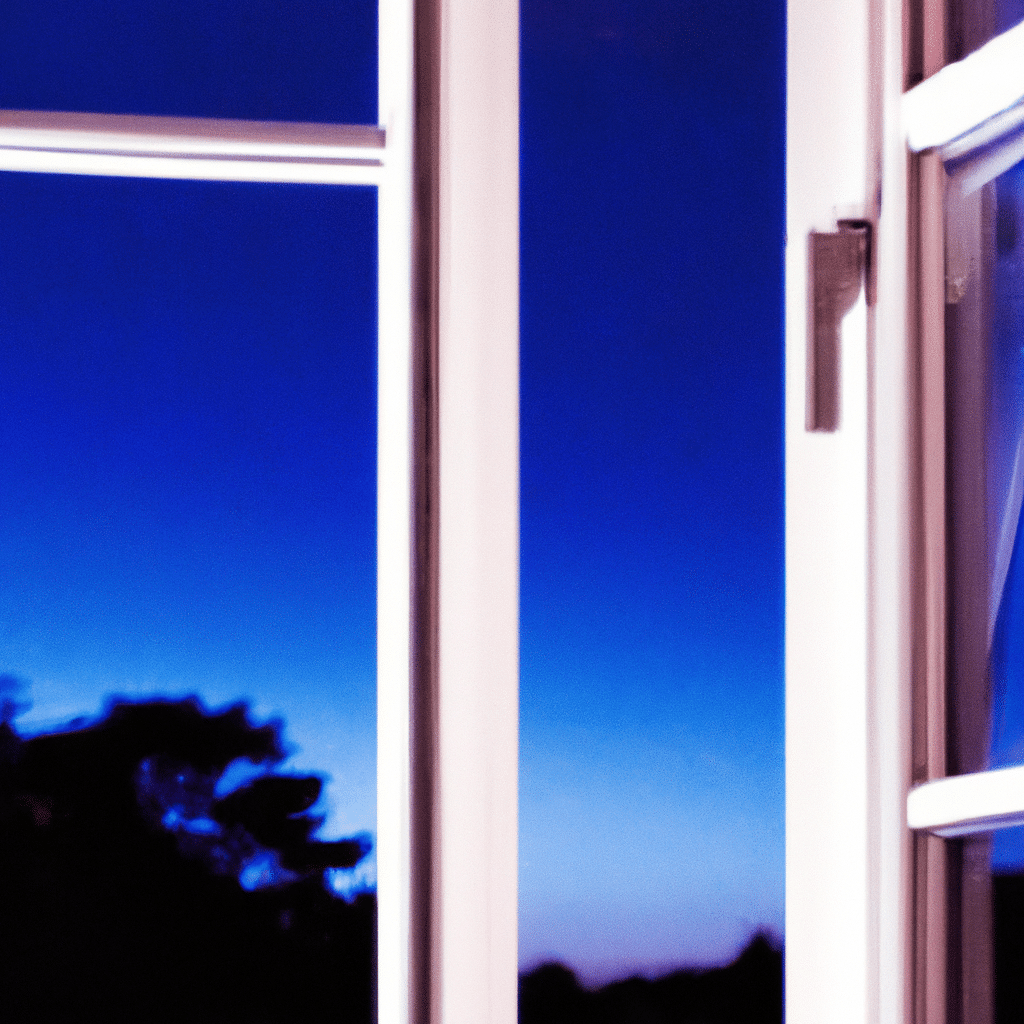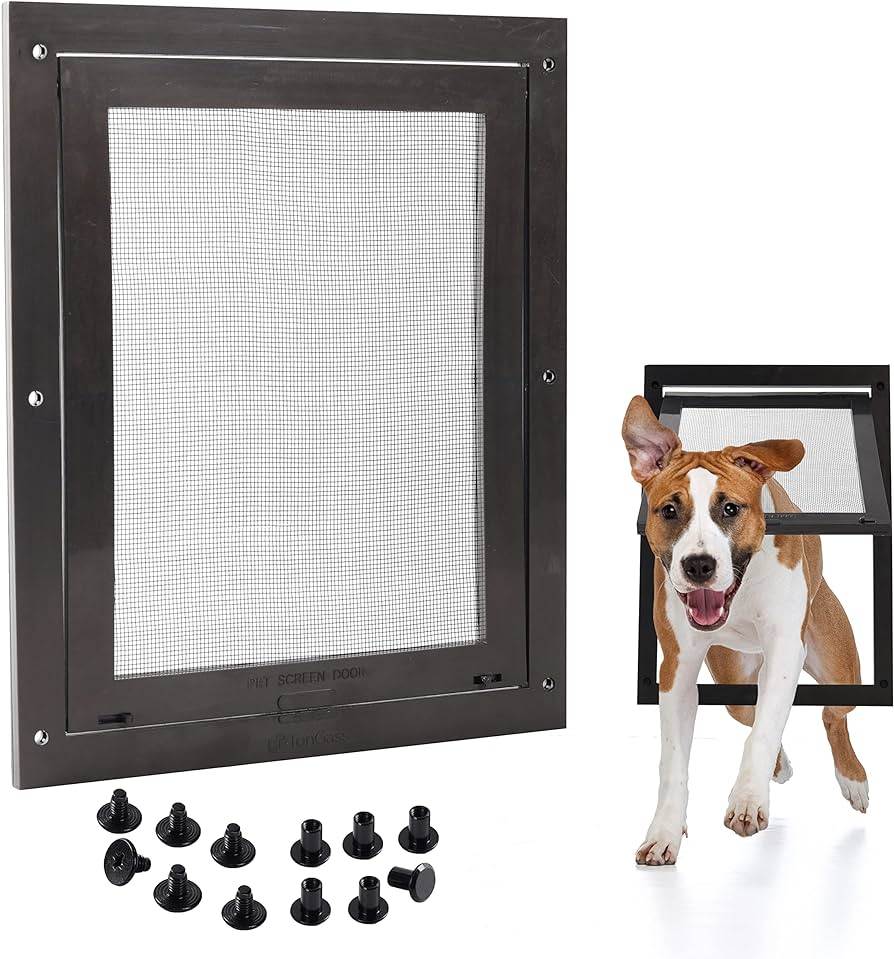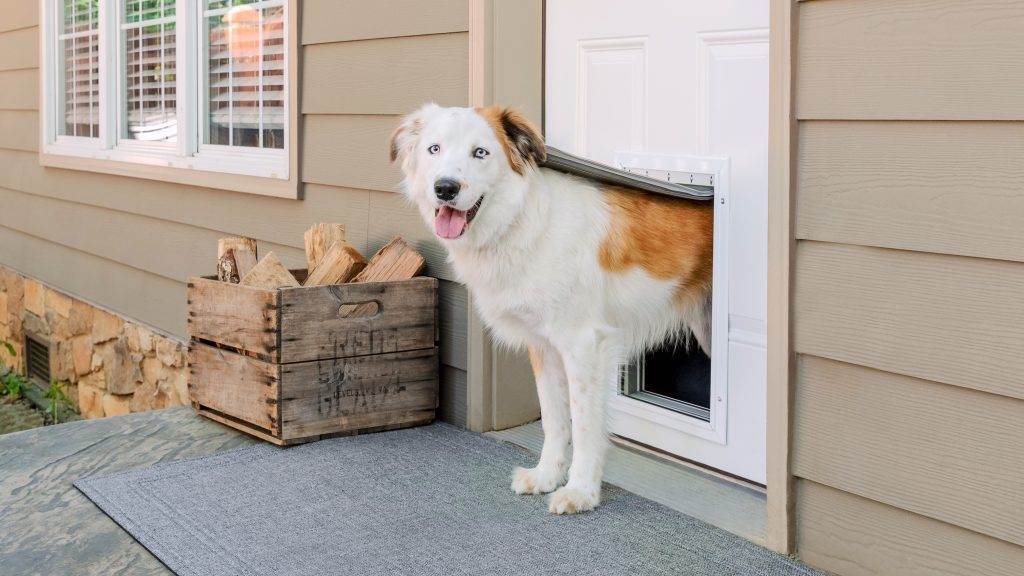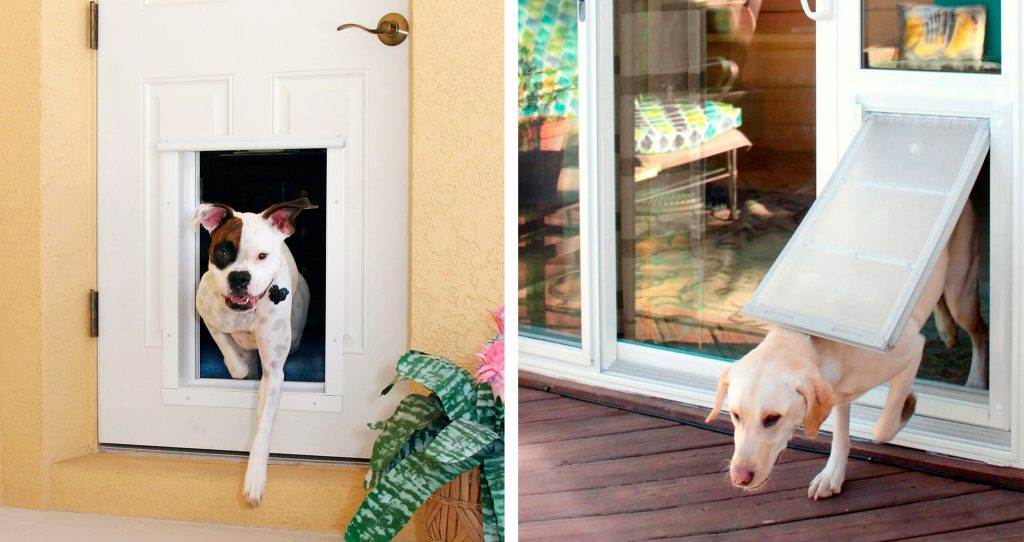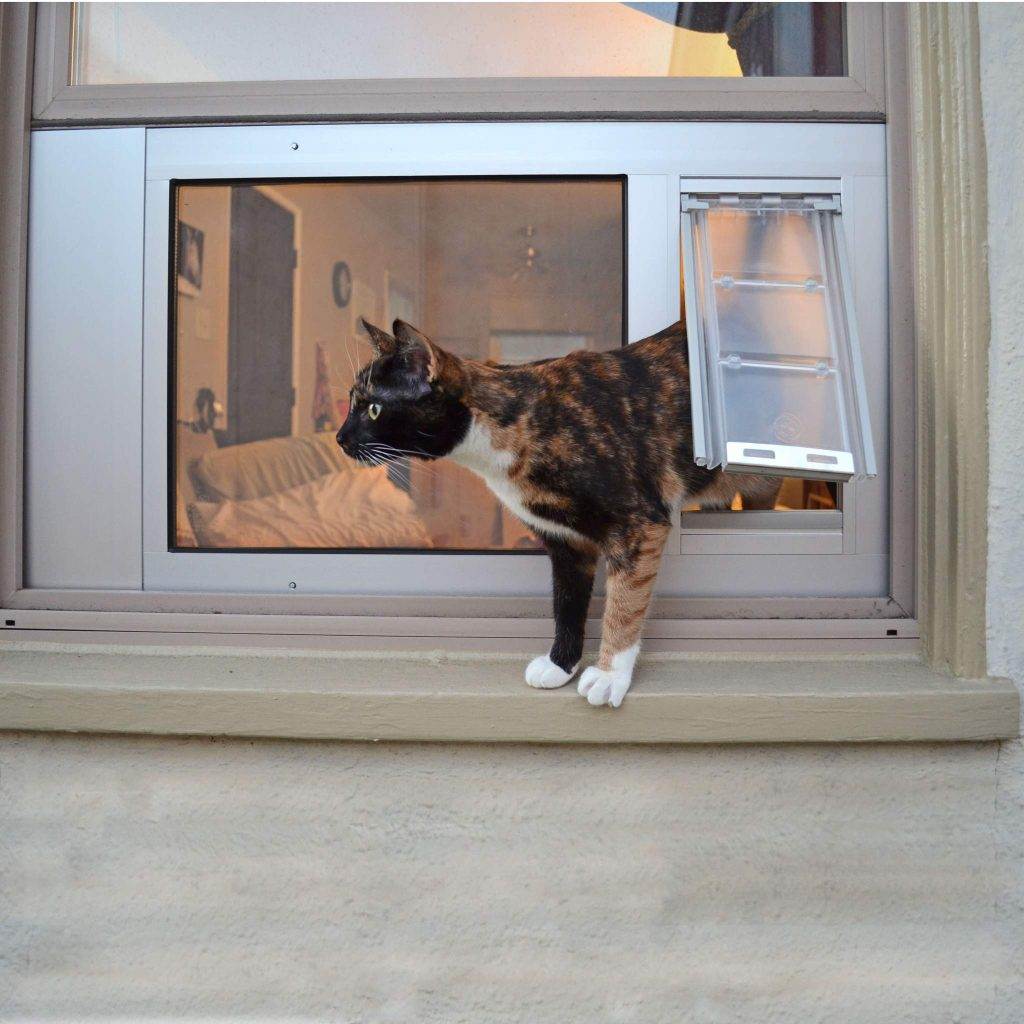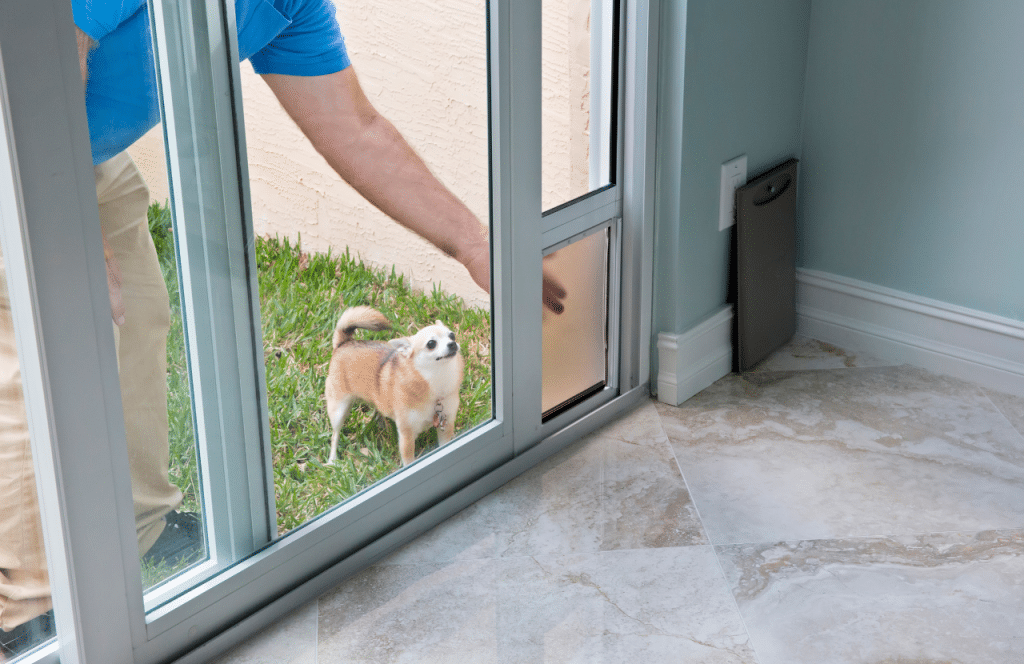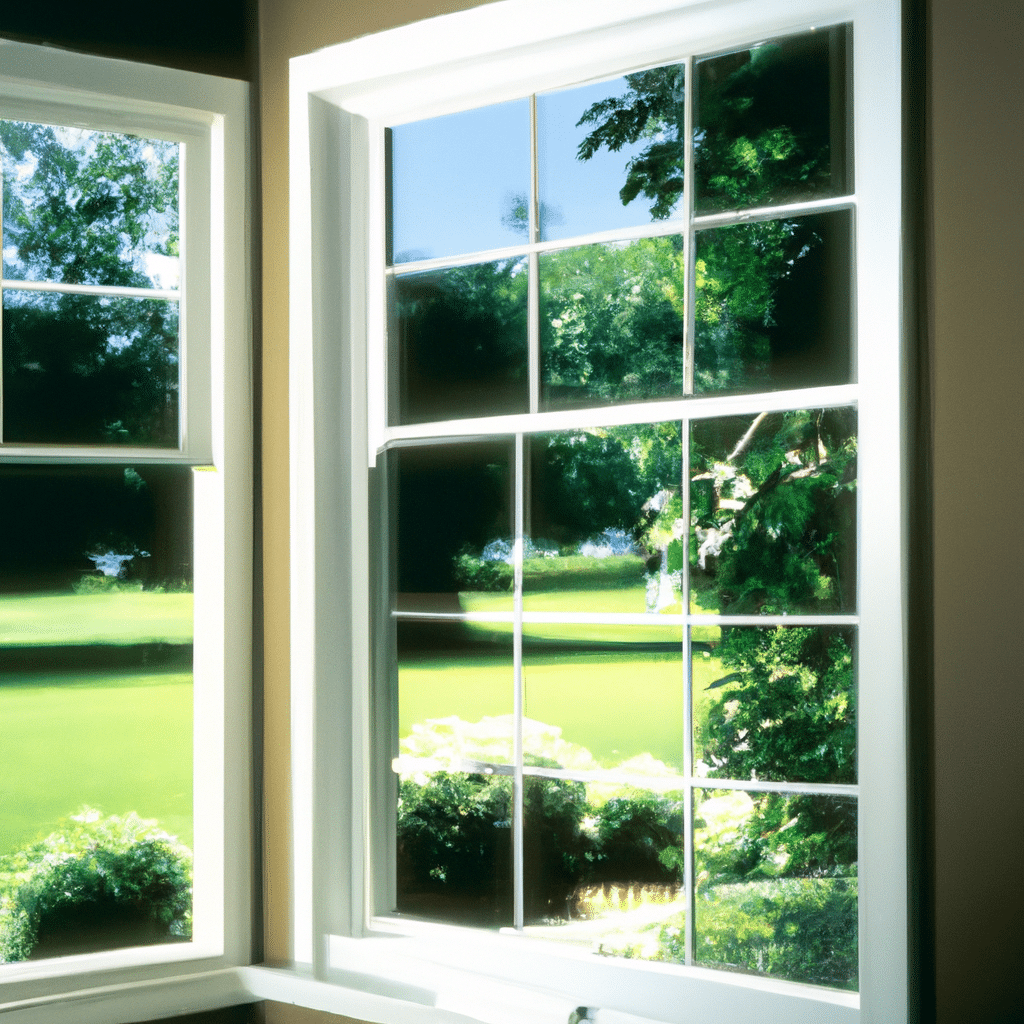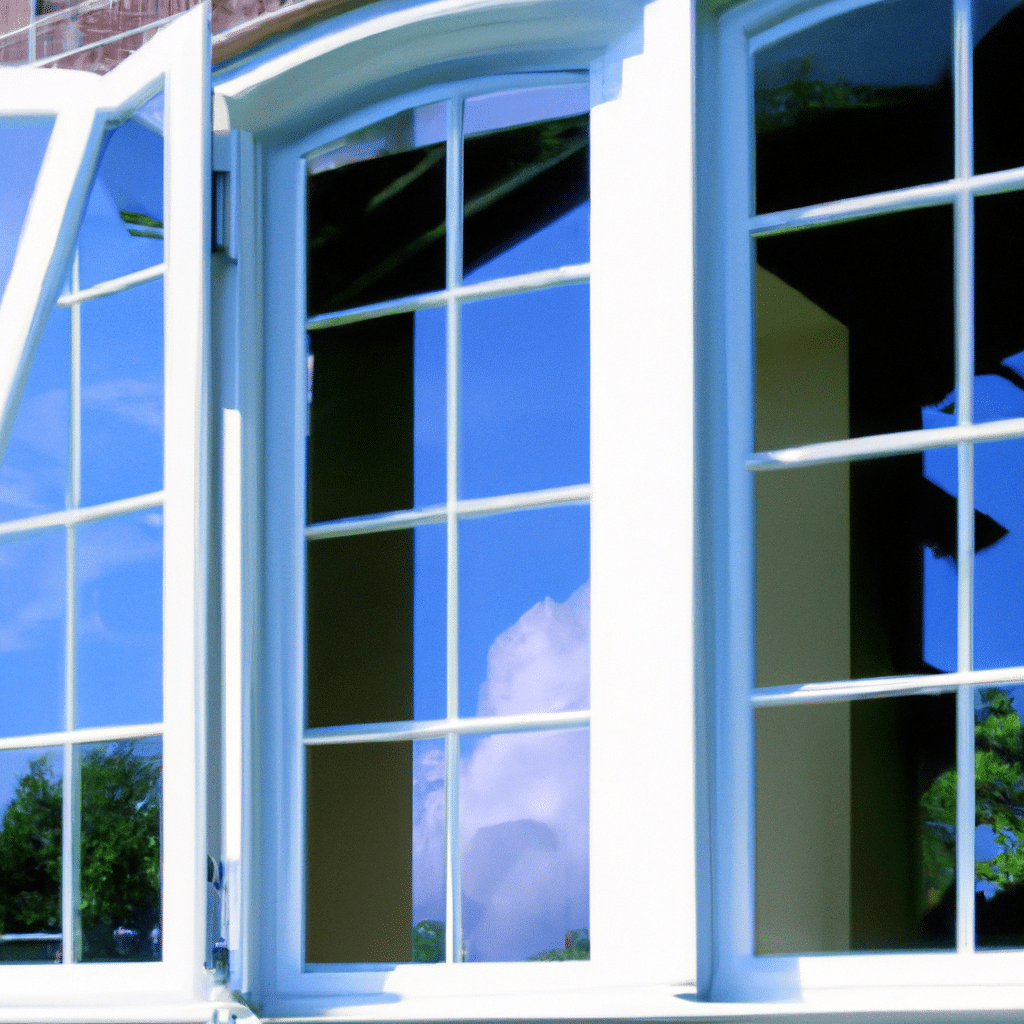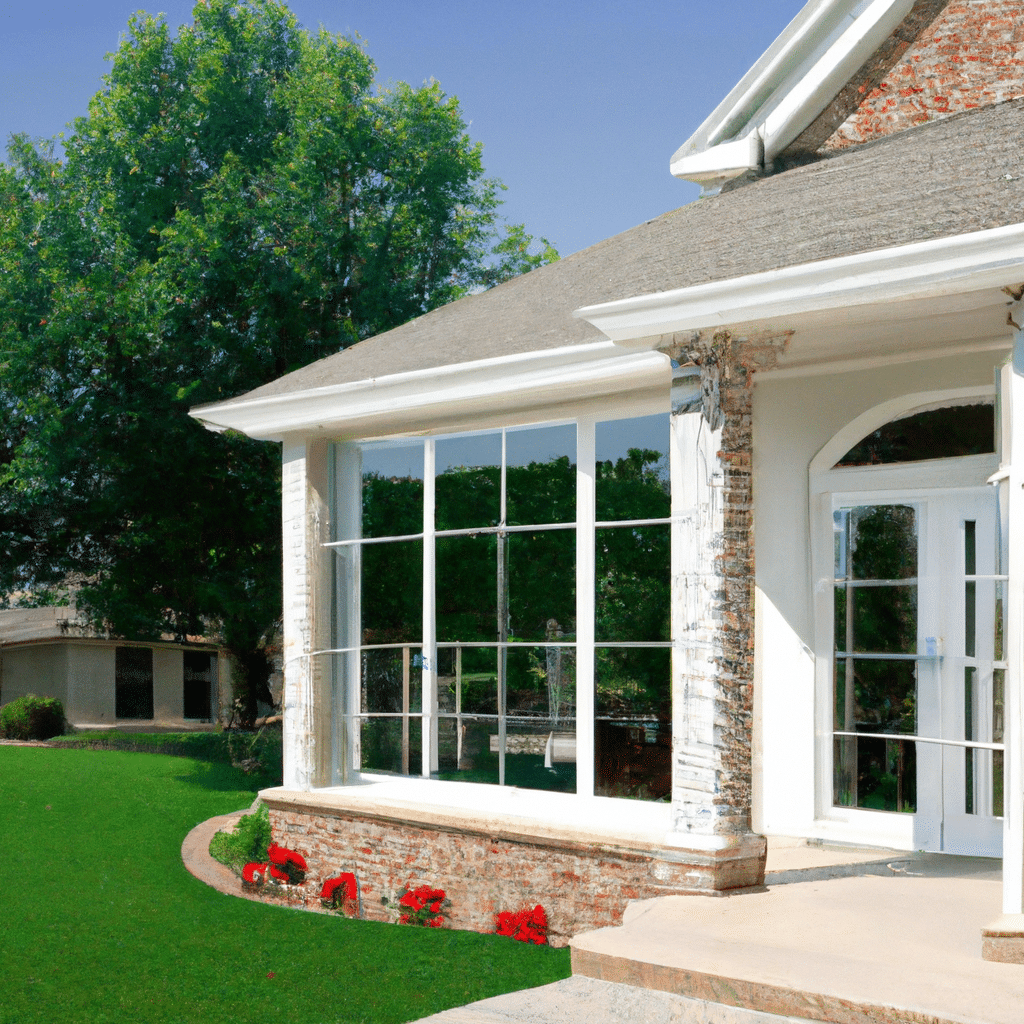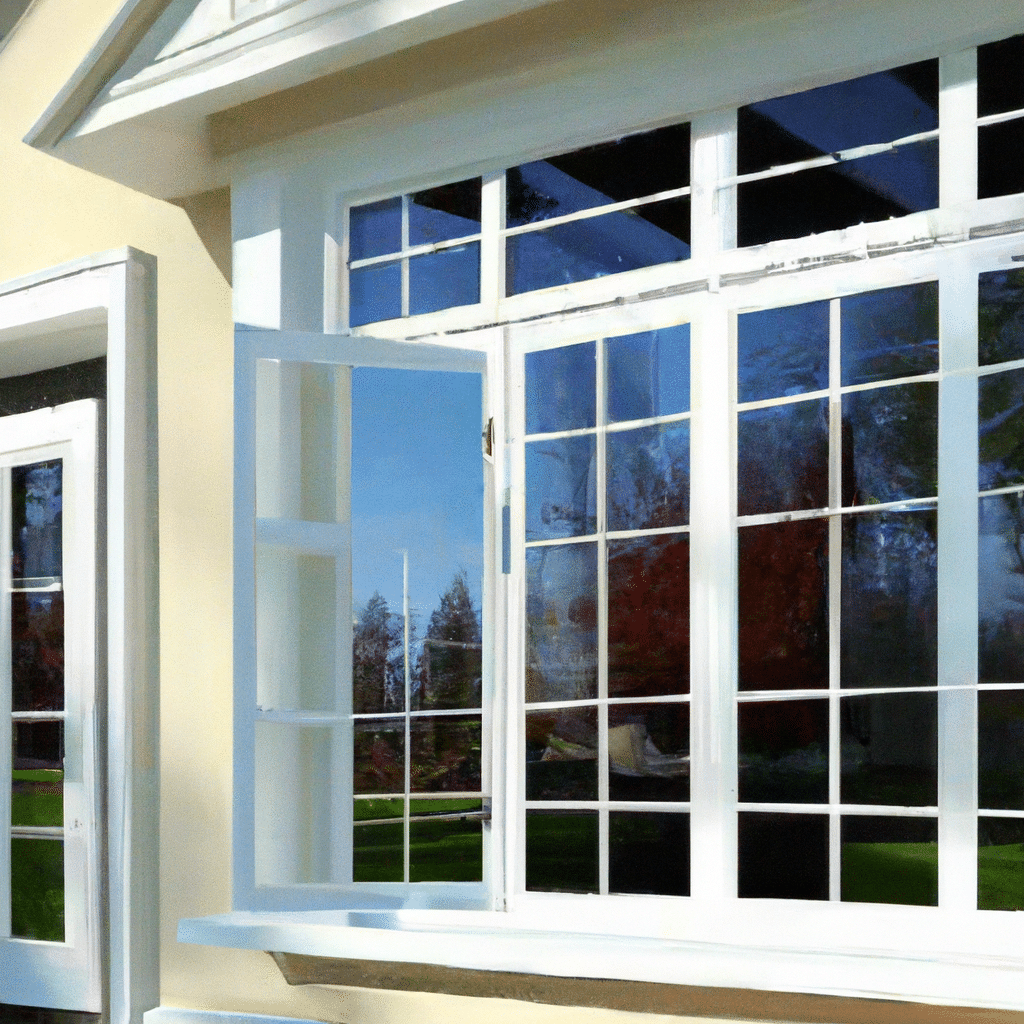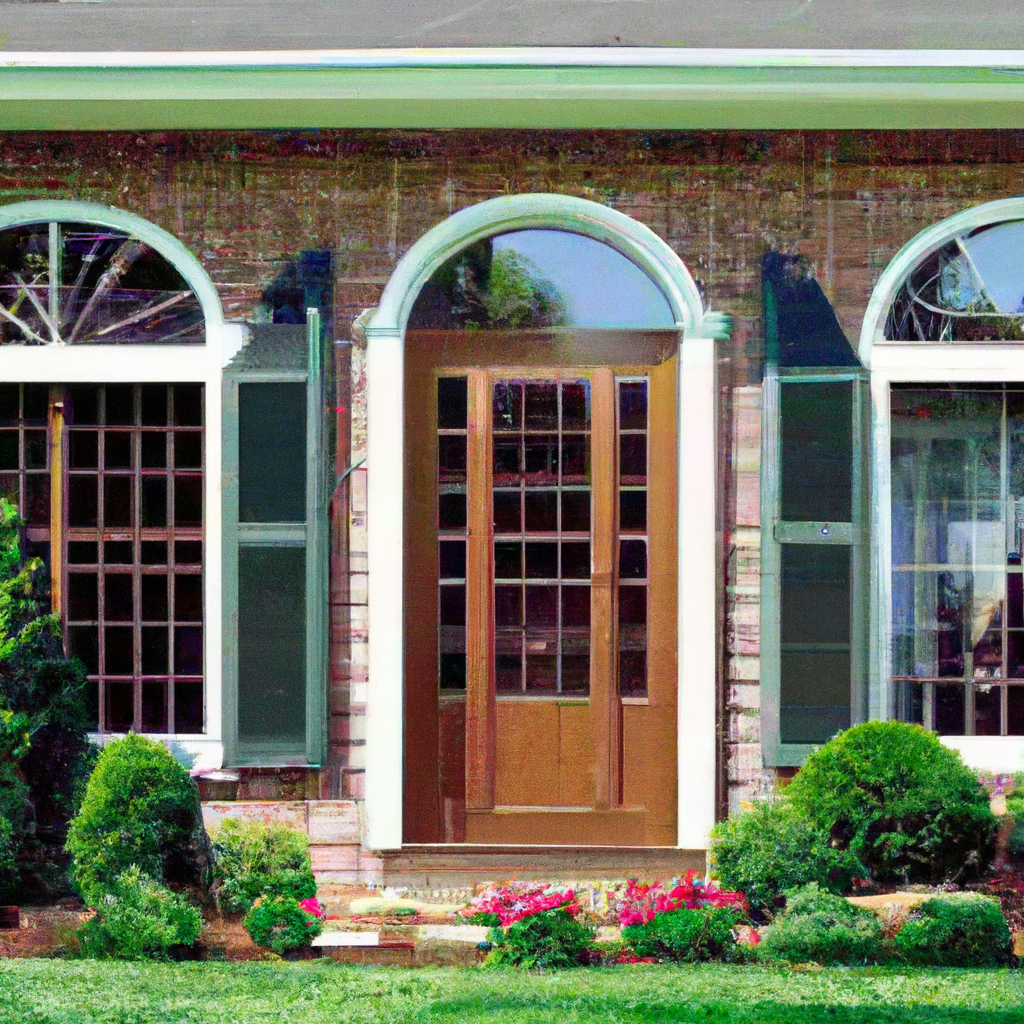So you’ve invested in impact windows to protect your home from hurricanes and intruders, but have you ever wondered what happens if one of these windows actually breaks? Impact windows are designed with multiple layers of glass and a strong interlayer to withstand the force of high winds, flying debris, and attempted break-ins. However, in the rare event that an impact window does break, it will still provide some level of protection. The shattered glass will remain intact due to the interlayer, preventing dangerous shards from flying into your home. The window may lose its ability to withstand hurricane-force winds, but it will still keep out the elements and maintain its structural integrity until it can be replaced.

This image is property of www.windowguysflorida.com.
Potential Safety Hazards
Flying Glass and Debris
When an impact window breaks, one of the immediate safety concerns is the potential for flying glass and debris. The force of impact from a storm or other event can cause the glass to shatter, sending sharp shards and fragments into the surrounding area. This poses a risk of injury to both occupants of the building and anyone nearby. Flying glass can cause cuts, lacerations, and even serious wounds. It is essential to exercise caution and keep a safe distance from broken impact windows until they can be properly repaired or replaced.
Risk of Injury or Cuts
In addition to the flying glass, the broken window itself can pose a risk of injury or cuts. Depending on the severity of the break, there may be sharp edges or protruding shards that can cause harm when touched. It is crucial to handle broken impact windows with care and avoid contact with any jagged or sharp edges. If you must clean up broken glass or debris, be sure to wear protective gloves and take precautions to minimize the risk of injury.
Possibility of Structural Damage
Beyond the immediate safety hazards, a broken impact window can also lead to structural damage to the building. When the window breaks, it exposes the interior of the structure to the elements, such as wind, rain, and debris. The force of these elements can cause further damage to surrounding walls, frames, and other components. This can compromise the stability and integrity of the entire structure, putting the occupants at risk. It is crucial to address broken impact windows promptly to prevent further structural damage and maintain the overall safety of the building.
Decreased Protection from Elements
Loss of Hurricane Resistance
One of the main benefits of impact windows is their ability to withstand powerful winds and resist the impact of debris during a hurricane or severe storm. However, when an impact window breaks, it loses its ability to provide this crucial protection. The broken window leaves the building vulnerable to the full force of wind, rain, and flying debris, increasing the risks of property damage and personal injury. Without the hurricane resistance offered by intact impact windows, the occupants may face higher levels of danger during extreme weather events.
Water Intrusion
Another consequence of a broken impact window is the potential for water intrusion. When the window is compromised, water from rain or other sources can enter the building, leading to moisture damage, mold growth, and structural issues. Water intrusion can damage walls, flooring, furniture, and other belongings, requiring extensive repairs and restoration. Additionally, excessive moisture can create an environment conducive to the growth of mold and mildew, posing health risks to the occupants. It is crucial to address broken impact windows promptly to prevent water intrusion and its negative effects.
Increased Noise Levels
Broken impact windows can also contribute to increased noise levels in the building. Impact windows are designed to provide sound insulation, reducing the amount of external noise that enters the interior space. When a window breaks, this soundproofing capability is compromised, allowing more noise to infiltrate the building. This can be particularly disruptive for homes or buildings located in busy or noisy areas. The increased noise levels can not only affect daily activities but also lead to sleep disturbances and reduced overall comfort. Repairing or replacing broken impact windows is essential to regain the soundproofing benefits they provide.

This image is property of thumbor.forbes.com.
Impaired Insulation and Energy Efficiency
Loss of Thermal Performance
Another significant impact of broken windows is the loss of thermal performance and insulation. Impact windows are designed to provide good insulation, minimizing heat transfer between the interior and exterior environments. However, broken windows create gaps and openings that allow unwanted heat or cold to enter the building, compromising the thermal efficiency. This means that during hot summer months, more heat can penetrate the building, leading to increased cooling needs and higher energy bills. In the winter, the loss of insulation can result in heat escaping, requiring more energy for heating. Repairing or replacing broken impact windows is crucial to restore the thermal performance and maintain energy efficiency.
Higher Energy Bills
As mentioned earlier, broken impact windows can lead to higher energy bills due to the loss of thermal performance. When windows are compromised, the building’s heating and cooling systems have to work harder to maintain the desired temperature, resulting in increased energy consumption. This translates to higher utility costs and a less sustainable living or working environment. By addressing broken impact windows promptly, you can avoid unnecessary energy expenses and promote energy efficiency within your space.
Decreased Comfort
The loss of insulation caused by broken impact windows can also lead to decreased comfort for the occupants. In addition to allowing unwanted heat or cold to enter, broken windows can create drafts and uneven temperatures throughout the building. This can lead to discomfort, especially in areas near the broken window or in spaces where the impact of temperature variations is felt more acutely. Restoring the insulation and thermal performance by repairing or replacing broken impact windows is essential for maintaining a comfortable indoor environment.
Security and Intrusion Risks
Vulnerability to Break-ins
When an impact window breaks, it compromises the security of the building, making it more vulnerable to break-ins and intrusions. The broken window provides an easy entry point for potential criminals, allowing them to gain access to the interior of the building. This poses a threat to the safety and well-being of the occupants, their belongings, and any sensitive or valuable information stored within. To minimize the risk of break-ins and protect your property, it is crucial to promptly repair or replace broken impact windows.
Compromised Home Security
In addition to the increased risk of break-ins, a broken impact window can compromise the overall home security system. The broken window may disable or interfere with alarm systems or other security measures that rely on intact windows for optimal functionality. This can potentially leave the occupants unaware of unauthorized entry or delay the appropriate response to an intrusion. By addressing broken impact windows promptly, you can ensure the integrity and effectiveness of your home security system.

This image is property of www.aspwindows.com.
Financial Implications
Cost of Repairs or Replacement
Broken impact windows can result in significant financial implications in terms of repair or replacement costs. The extent of the damage and the type of impact window will determine the expense involved in restoring its functionality. Repairing a small break or crack in the glass may be more cost-effective compared to a complete window replacement. However, in some cases, particularly when the window frame or other components are damaged, a full replacement may be necessary. It is important to consider the financial impact when deciding whether to repair or replace broken impact windows.
Insurance Coverage
The financial impact of broken impact windows may be mitigated by insurance coverage. It is essential to review your insurance policy to understand the terms and conditions regarding window damage and replacement. Some insurance policies may provide coverage for impact window repairs or replacements in certain situations, such as storm damage or acts of vandalism. Contacting your insurance provider to inquire about your coverage and filing a claim, if applicable, can help ease the financial burden associated with broken impact windows.
Potential Health Risks
Exposure to Mold and Mildew
Broken impact windows can lead to moisture intrusion, creating an environment conducive to the growth of mold and mildew. Mold spores can trigger allergies and respiratory issues, particularly in individuals with pre-existing sensitivities or conditions. Prolonged exposure to mold can lead to symptoms such as sneezing, coughing, nasal congestion, throat irritation, and even more severe respiratory problems. Addressing broken impact windows promptly to prevent water intrusion and subsequent mold growth is essential for maintaining a healthy indoor environment.
Allergies and Respiratory Issues
In addition to the mold risk, broken impact windows can also contribute to the entry of airborne allergens and pollutants. Without the intact barrier provided by the impact windows, dust, pollen, and other contaminants can easily enter the building, exacerbating allergies and respiratory issues. This can be particularly concerning for individuals with asthma, seasonal allergies, or other respiratory conditions. Repairing or replacing broken impact windows is crucial to minimize exposure to allergens and maintain a healthier living or working environment.

This image is property of cdn2.hubspot.net.
Disruption of Daily Life
Potential Need for Temporary Coverings
While waiting for broken impact windows to be repaired or replaced, there may be a need for temporary coverings to secure the opening and provide some level of protection. Temporary coverings such as plywood, tarps, or plastic sheets can help prevent further damage from external elements and debris. However, these coverings are not a long-term solution and may cause inconvenience and disruption to daily life. It is important to address broken impact windows promptly to minimize the need for temporary coverings and restore the normal functionality of the windows.
Inconvenience and Stress
Dealing with broken impact windows can be both inconvenient and stressful. The disruption caused by the need to temporarily secure the opening, coordinate repair or replacement services, and potentially relocate or protect belongings can create added stress and inconvenience. Depending on the severity of the damage and the availability of qualified contractors, the process of resolving the issue can take time and effort. Addressing broken impact windows promptly, however, can help minimize the inconvenience and stress associated with this situation.
Options for Repair or Replacement
Choosing a Qualified Contractor
When it comes to repairing or replacing broken impact windows, it is crucial to choose a qualified and experienced contractor. Look for professionals who specialize in impact window installation and repair, as they have the necessary knowledge and expertise to ensure a proper and reliable solution. Research contractors, read reviews, and ask for recommendations to find a reputable and trustworthy professional who can handle the task efficiently and effectively.
Types of Impact Window Materials
When replacing broken impact windows, you have a variety of materials to choose from. Common options for impact window materials include vinyl, aluminum, and composite frames. Each material has its own advantages and considerations, such as durability, maintenance requirements, energy efficiency, and aesthetic appeal. Researching and understanding the different materials can help you make an informed decision based on your specific needs and preferences.
Considerations for Replacement or Upgrade
Along with repairing or replacing the broken impact window, you may also consider upgrading other windows or adding additional impact windows to enhance the overall safety and benefits. Use this opportunity to assess the condition and performance of other windows in your building. Consider factors such as age, functionality, energy efficiency, and compatibility with your desired aesthetic. Upgrading to impact windows throughout your property can provide increased protection, energy efficiency, and overall value.
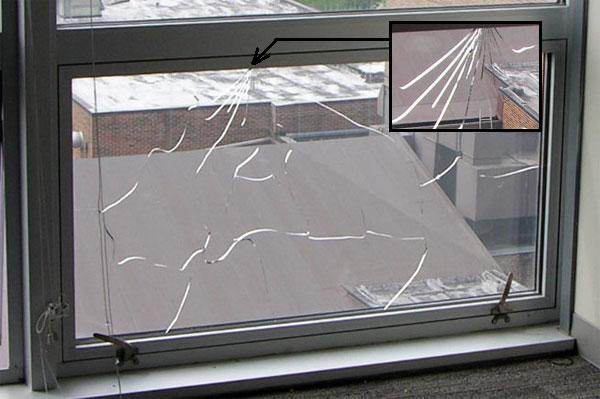
This image is property of facadeconsultants.com.
Preventive Measures
Regular Window Maintenance
To maximize the lifespan and functionality of your impact windows, regular maintenance is important. This includes cleaning the glass and frames, checking for any signs of damage or wear, and ensuring proper operation (opening, closing, and locking). Regular maintenance allows you to identify and address minor issues before they escalate into significant problems. Refer to the manufacturer’s guidelines for specific maintenance recommendations, as different impact window materials may have slightly different requirements.
Periodic Inspection
In addition to regular maintenance, periodic inspections of your impact windows are essential to ensure their continued effectiveness and safety. Inspect the windows for any cracks, chips, or damage, paying particular attention to the glass, frame, and seals. Look for signs of moisture intrusion or mold growth, as well as any issues with functionality, such as difficulty opening or closing. Timely detection of potential problems allows for prompt repair or replacement, minimizing the risks associated with broken or compromised impact windows.
Proactive Upkeep
Beyond regular maintenance and inspections, taking a proactive approach to impact window upkeep is crucial. This involves staying informed about any manufacturer recalls or repair programs, as well as keeping up-to-date with industry best practices for window care. Taking proactive measures to ensure the longevity and performance of your impact windows is a proactive investment in the safety, comfort, and value of your property.
Conclusion
The importance of maintaining and addressing broken impact windows cannot be overstated. From immediate safety hazards to long-term implications on comfort, energy efficiency, and security, broken impact windows pose a range of risks and challenges. By promptly repairing or replacing broken impact windows, you can minimize safety hazards, protect against the elements, maintain energy efficiency, enhance security, and promote overall well-being. Regular maintenance, periodic inspections, and proactive upkeep are essential in maximizing the lifespan and benefits of impact windows. Remember to choose a qualified contractor, consider different materials, and explore opportunities for upgrades. By prioritizing impact window maintenance, you can safeguard your property, maximize its value, and ensure the safety and comfort of its occupants.



